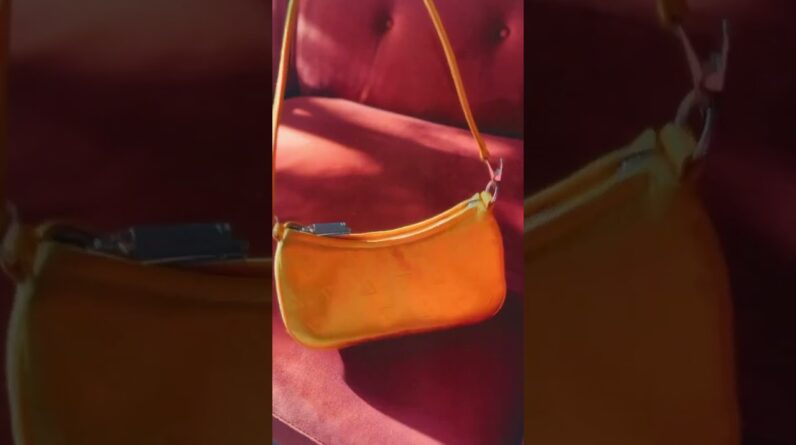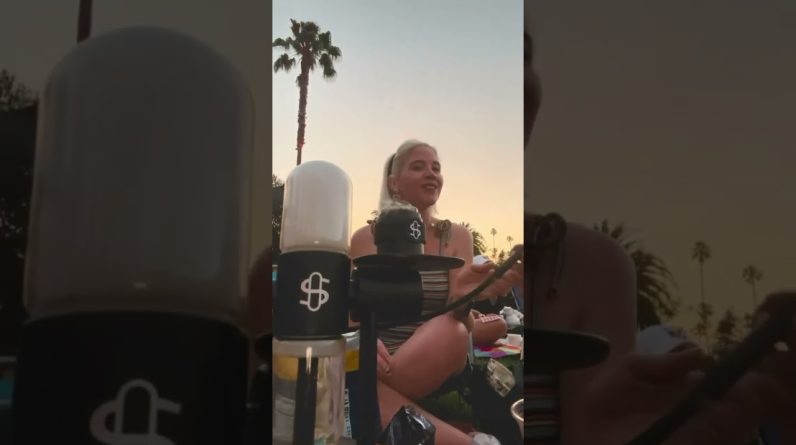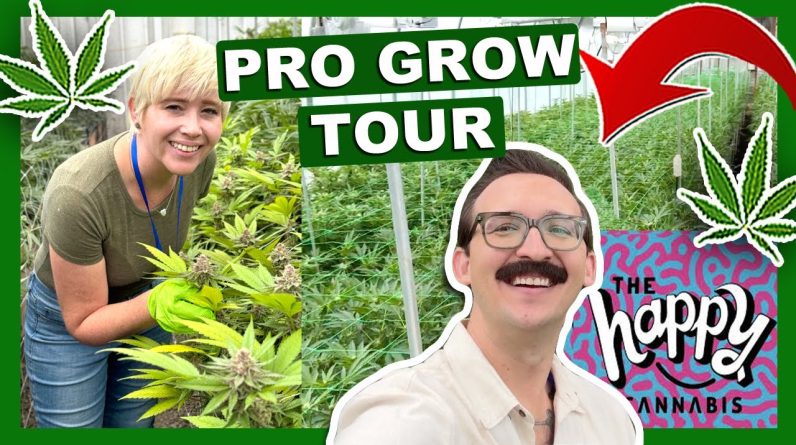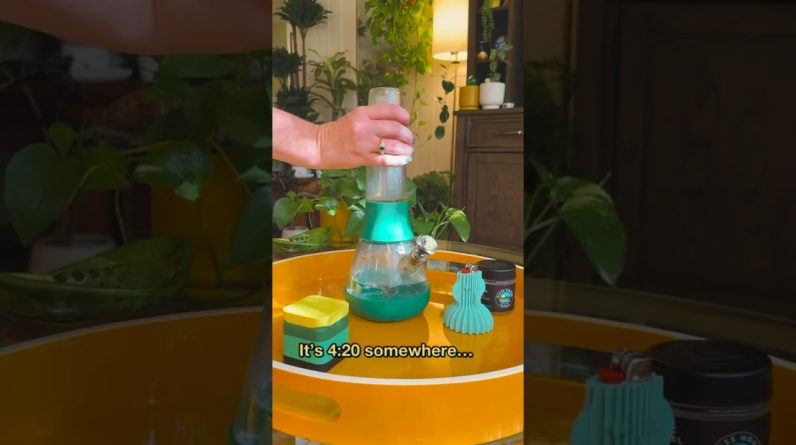One of the most precious things the pandemic took away from each and every one of us was our ability to gather together. This absence of community these past few years is something that feels more acute in the world of weed. After all, we’re the originators of puff, puff, pass. To truly love the cannabis plant often includes a strong and unselfish desire to share that love with others. Departed hash master Frenchy Cannoli knew this better than most. Not only was he aligning with other artisans at the top of their craft to present hash as the ultimate expression of what cannabis can be, but he was also a master of bringing people together to collectively enjoy the fruit of the farmers’ labor. At the recent San Francisco, California premiere of a film based on his life, a friend reminded me of the many times Frenchy gathered us all together around the hookah. He’d stand in the center and apply the hash to the foil above a hot coal while everyone lucky enough to secure a hose puffed together in a circle. In terms of smoking cannabis, the experience of joining a Frenchy hash hookah circle felt as ancient as it gets. We all gathered around a fire and, in this case, smoked pure fire in the form of traditionally pressed hashish. Within his extensive writings on the subject of hash, Frenchy outlines that our relationship with the cannabis plant dates back to around 80,000 to 90,000 BC, the same time as the earliest use of fire. Hash, in the form of resin hand-rubbed from the plant or charas, is the oldest cannabis concentrate, and Frenchy believed humanity may have discovered its benefits even before the nutritional qualities of cannabis seeds or the many uses of the plant’s fiber.
“The hash is the final expression of the genetics,” he explains early on in the film. “It’s all about the trichome.”
Frenchy always credited the quality of the hash he made to the farmers who grew the cannabis. In the film, Frenchy Dreams of Hashish, documentary filmmaker Jake Remington introduces viewers to meet many of those farmers within their element. Most of the farms Frenchy worked with professionally grow outdoors under the sun in Mendocino County, one-third of Northern California’s famed Emerald Triangle, also made up of Trinity and Humboldt counties.
“All my life, it has never been [about] who made the hashish or charas, but where it was made,” Frenchy wrote in Weed World Magazine. “It is the plant always and only. It is about how far you are willing to go for the dank.”
Before finding himself embedded within the cannabis community in Northern California, Frenchy traveled throughout hash-making regions across the globe. The film brings viewers into his world within the Emerald Triangle. It was a world many of us present at the movie premiere at the Marina Theater last week were also a part of. When Frenchy passed away in July 2021, social media feeds exploded with photos of him. It seemed like everybody knew him. His energy was infectious, and his love of hash was undeniable. It made you feel good just to be around him. Before the social isolation brought on by the pandemic, the cannabis community in Northern California and beyond was an extremely tight in-person clique. So much so that I can’t remember the number of times I ran into Frenchy at events. Sadly, I learned of his passing through a text and could not attend his small memorial service because of COVID-19. While the service was kindly also streamed online, it was heartbreaking to have to grieve the loss of my friend in isolation from my community, something many of us who have lost someone during this health pandemic have also had to experience.
The movie premiere held on the holiday for cannabis concentrates, July 10 or 710, began with a brunch at the parklet of a restaurant initially opened by blues legend Boz Scaggs. Outside on the San Francisco street, we all fired up joints and enjoyed concentrates, the delectable aromas of which attracted the attention of at least one passerby. This event marked the first time I was able to gather with many people I have not been able to see since the hash master’s passing and was a joyous celebration of life.
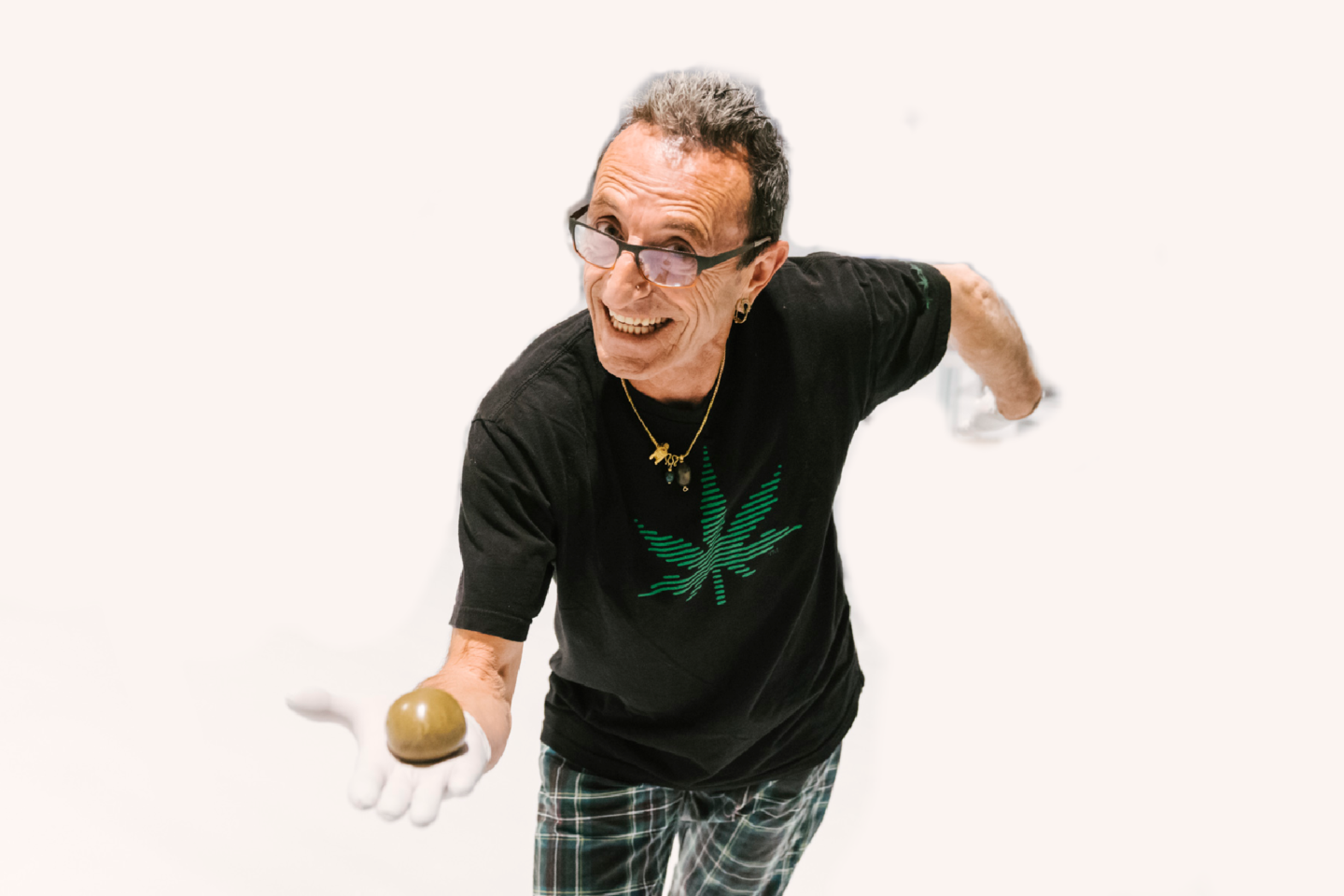
As a producer of an artisanal craft product, Frenchy was very focused on imparting the importance a sense of place has on a product. He compared his craft to that of a winemaker and honed in on terroir, the way a particular region’s natural elements such as the climate and soil affect the tastes of agricultural products. In the same way Champagne is recognized as one of the best places to produce sparkling wine, he worked tirelessly to ensure people understood that one of the best places to produce cannabis is on the small farms in the Emerald Triangle. The film serves as a way to bring more people than ever before onto those farms. The older couple I sat next to at the premiere had never met Frenchy but were interested in old-school hash and had learned about the screening online. Inside the theater, they were able to travel into the forest of massive cannabis trees at the Mendo Dope grow and watch Leo Stone of Aficionado hand-pollinate his plants. Aficionado brought Frenchy to prominence within the cannabis community by betting on his hash making as a way to market the quality of their cannabis genetics.
“The way we work together is a little bit like a winemaker works with a vineyard,” Frenchy told me in 2019. “When you go to a dispensary and you show the flower and you show the resin that is growing on that flower, the guy is not going to look at your flower the same way. If you sell a package that brings credit to the person that gave you that resin, the game changes.”
After our initial meeting, I expressed to Frenchy that I’d like to write a story on the process of how to make hash and asked him to show me. He explained that it wasn’t a quick process and later invited me to participate in one of his Lost Art of the Hashishin hash-making workshops. These classes are depicted in the film as Frenchy stands before a room of students and expands upon the process of agitating the trichomes from the cannabis trim in the same way a farmer shakes off ripe fruit off a tree. When it’s perfectly ripe, it only takes a bit of agitation for fruit to be collected, and Frenchy felt similarly about the process of making hash. The ice isn’t doing the work, he explains in the film, it’s the current of the water that gently plucks the trichome from the plant matter. He would collect those trichomes and then—very important to his hash-making process—press them together. The pressing of the trichomes with a bit of force and mild heat condenses the glands into a solid mass and is the only way Frenchy felt anything called “hash” should be presented. He would roll the trichomes he collected into the shape of cannolis—explaining how he got his name—or Nepalese temple balls.
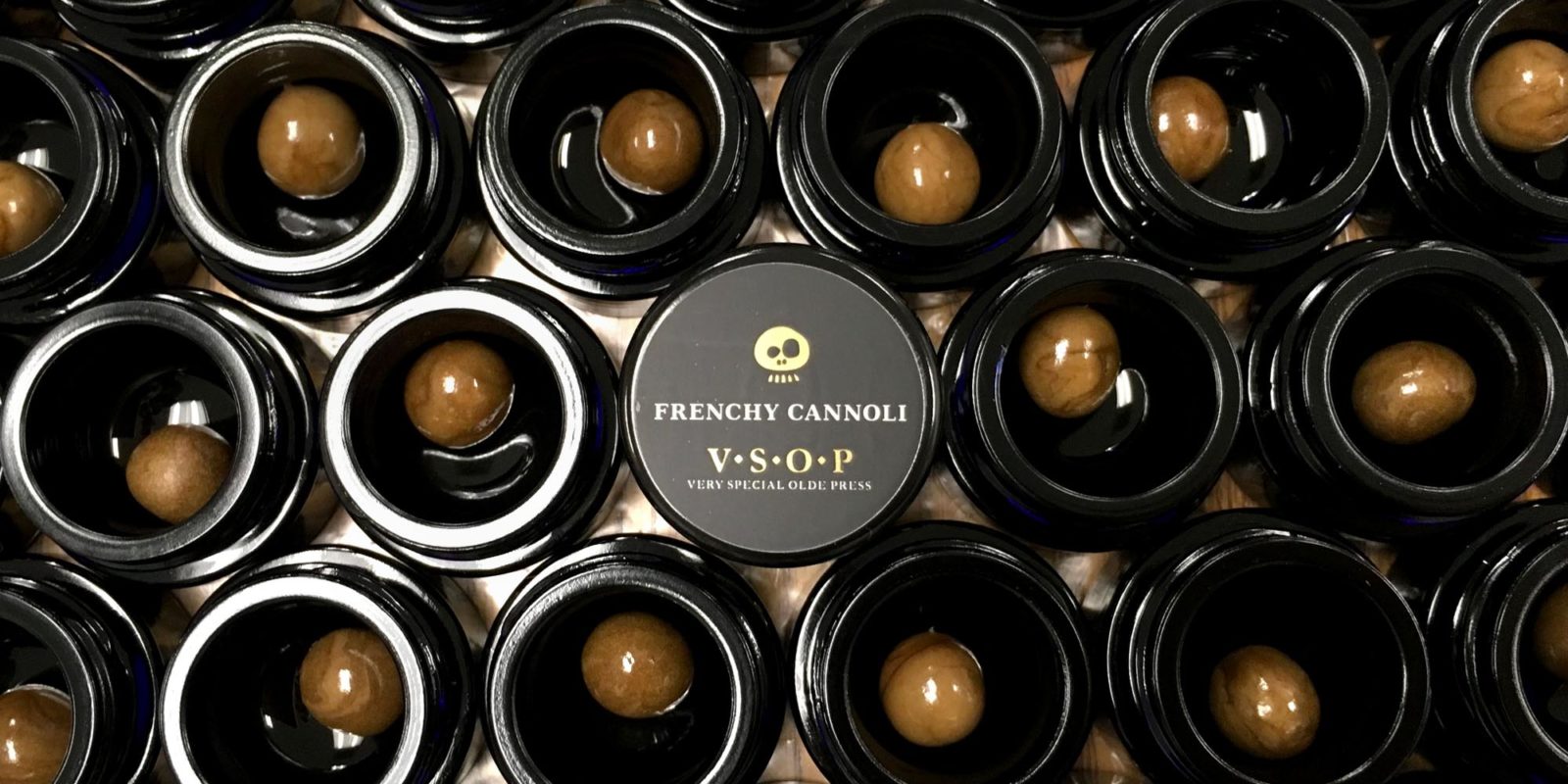
Frenchy was the type of person whose eyes always smiled. He was charismatic, warm, and often laughing. In most photos you’ll see him the way we did most often, with a full wide smile and deep laugh lines. The multi-hour hash-making workshop at the Meadow headquarters that I participated in back in 2015 was the time I witnessed him being the most serious. He wouldn’t tolerate people in my class talking amongst themselves even after hours of intense instruction and called to his students to pay closer attention. Frenchy was undeniably devoted to his craft.
“If you’re not deadly in love with the resin, then you’re going to get lost,” he said that day.
Within the film, Frenchy’s genuine love for resin shines through.
“The way we treat that plant, the way we work with it, will define the future,” he says in Frenchy Dreams of Hashish.
For Remington, the documentary is an effort to “highlight the ethos of sustainable farming and dedication to quality sungrown cannabis shared by Frenchy and his farmers,” but it’s also a way to show how the California’s cannabis industry’s transition from a medical to adult-use marketplace have unfavorably impacted the survival of the small farms Frenchy championed.
“During filming, California’s cannabis industry experienced waves of change that negatively affected and threatened the livelihood of the small farmers Frenchy worked with,” Remington says in a press release. “This maelstrom of bureaucracy and hypocrisy forms the context of the film in which Frenchy and the farmers’ fight for quality—and survival—intensified.”
Even though he is no longer with us in person, Frenchy’s spirit and message to preserve the cannabis heritage of the Emerald Triangle remain through things like the film and efforts of the ones he loved, most notably his wife Kimberly Hooks, also known as Madame Cannoli, and his apprentice Bell. Watch Frenchy’s social media channels for information about additional film screenings.
The post Frenchy Cannoli’s Legacy Still Aligns With the Farmers appeared first on High Times.
Source: https://cannabisworld.biz/2022/07/12/frenchy-cannolis-legacy-still-aligns-with-the-farmers/
